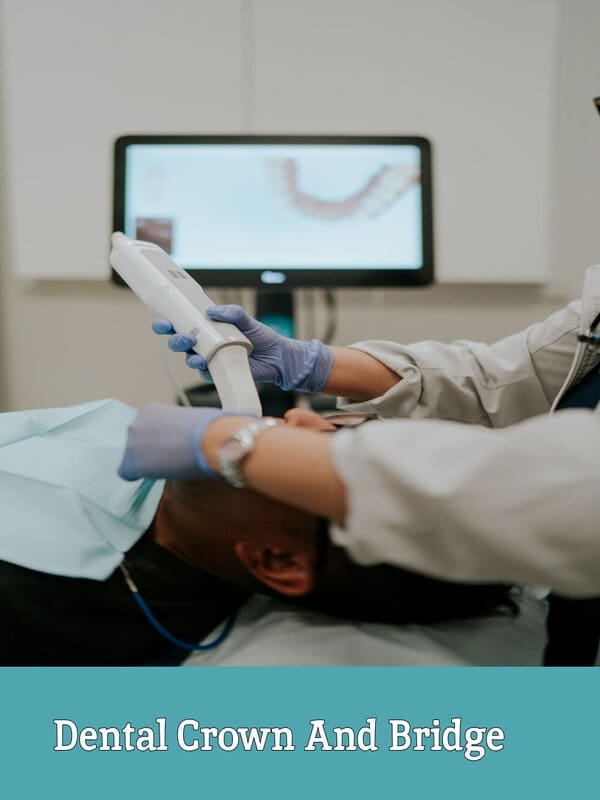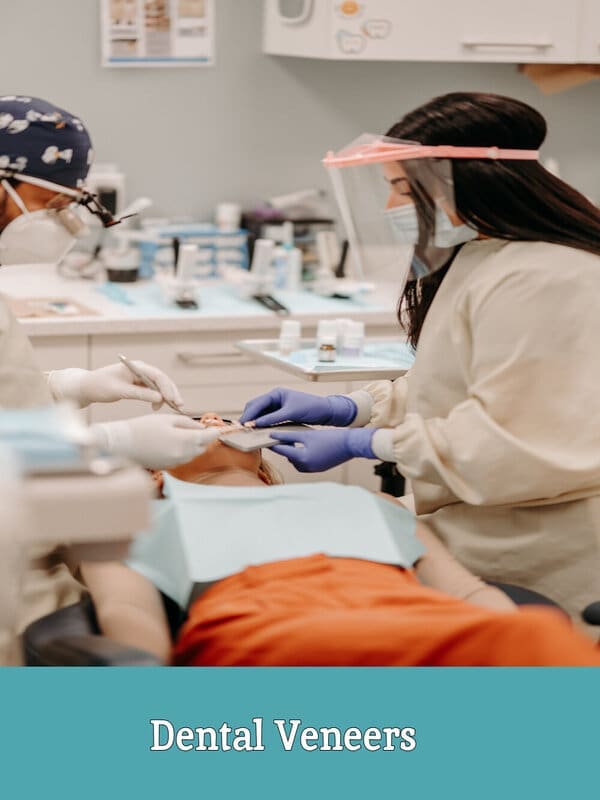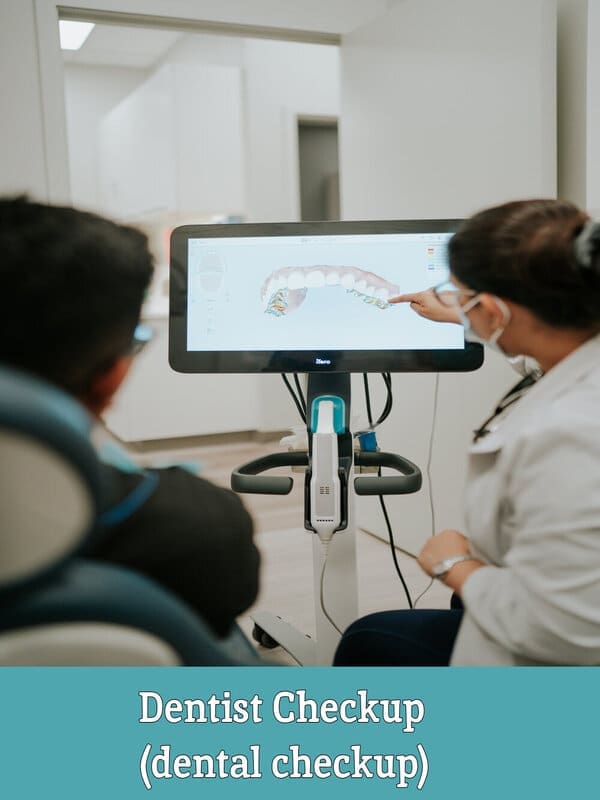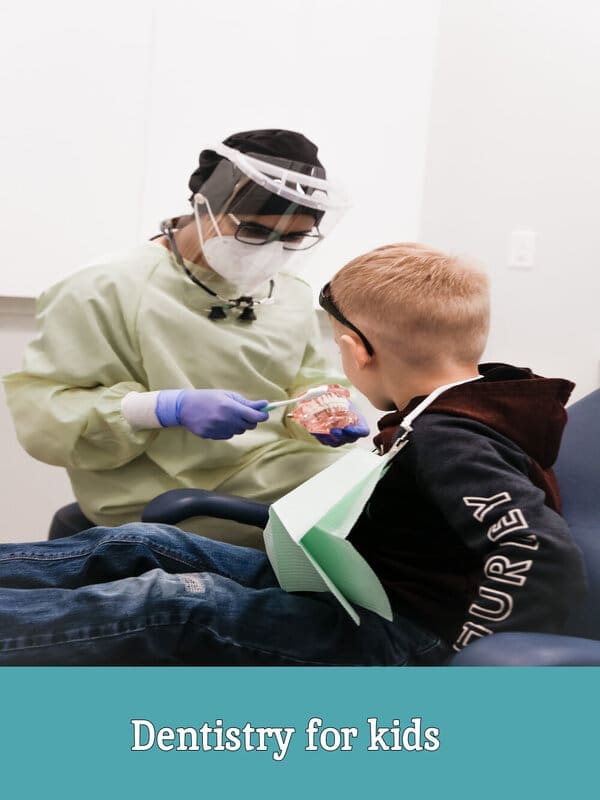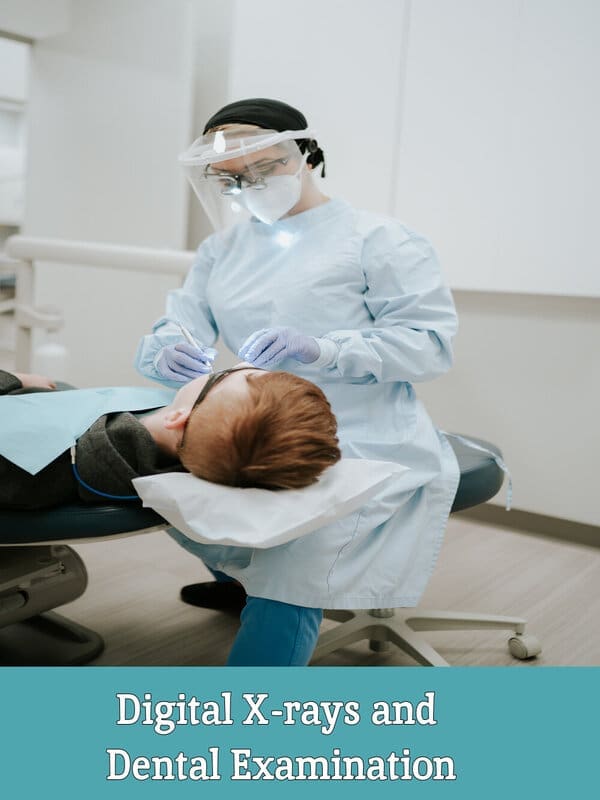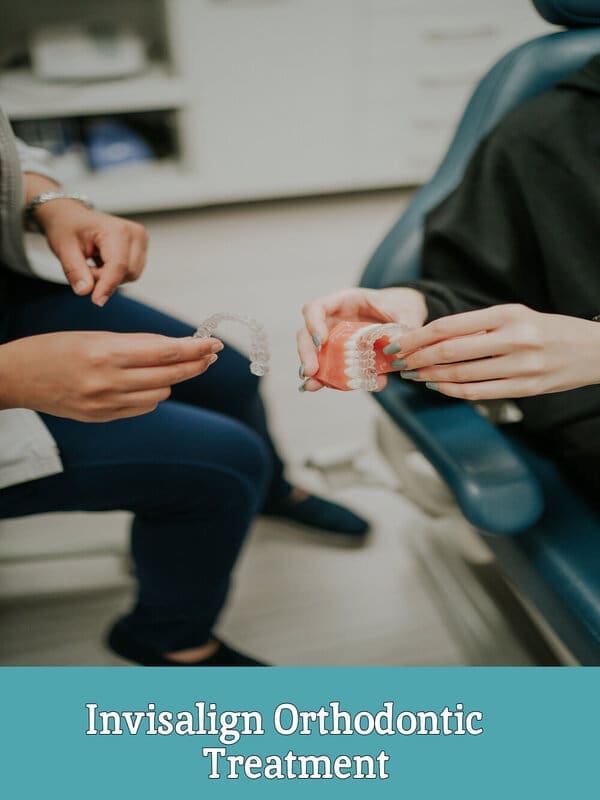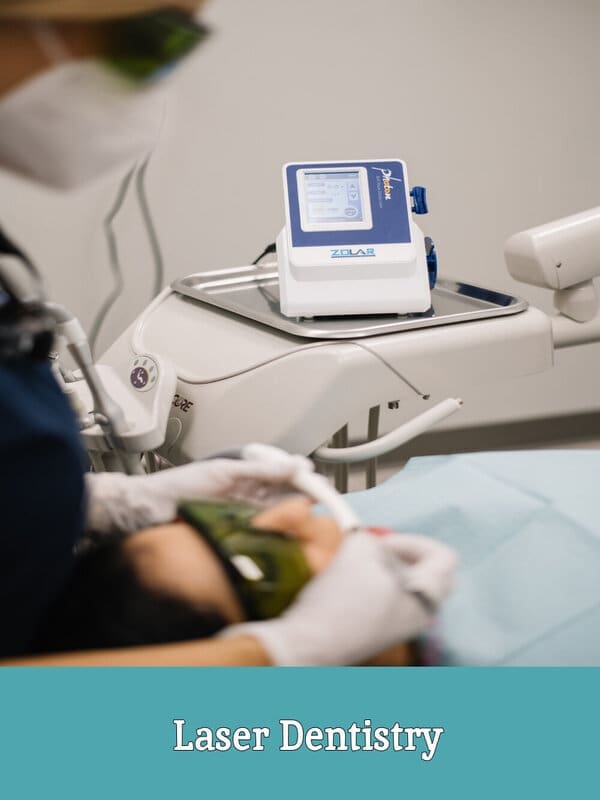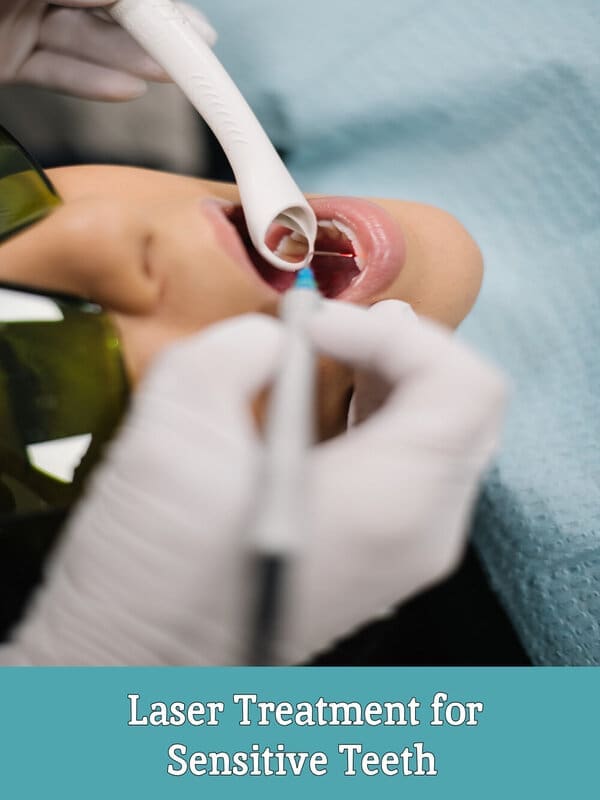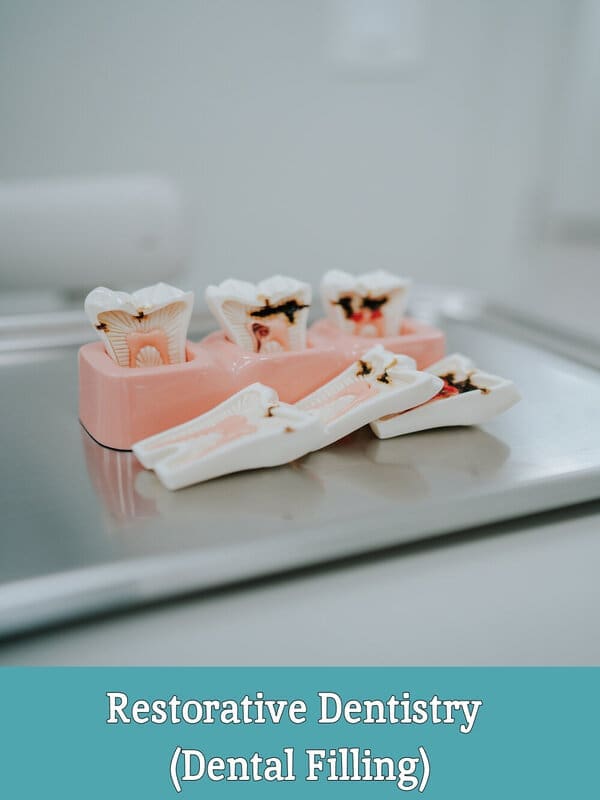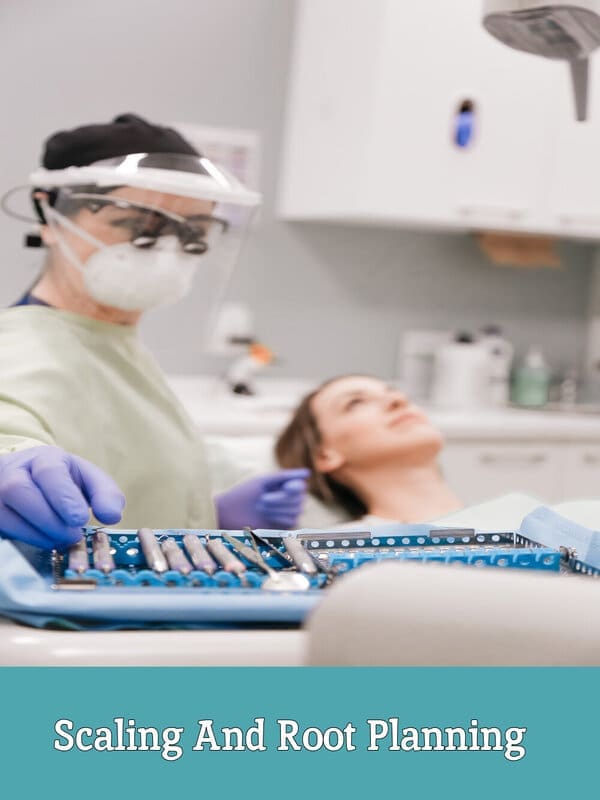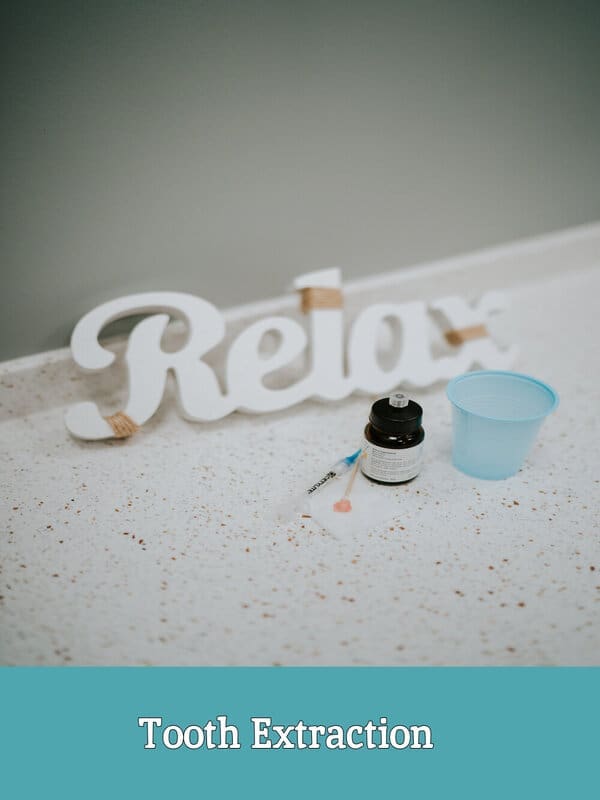Periodontal Cleaning, Edmonton
The Process of periodontal cleaning
Periodontal cleaning, also known as scaling and root planing, is a dental procedure aimed at treating and preventing periodontal disease. It involves removing the plaque and calculus buildup that accumulates below the gum line. This prevents inflammation and infection from bacteria and debris that form in pockets around the teeth. A periodontist, a dental specialist who focuses on periodontal disease, typically performs this procedure.
To ensure patient comfort during the process, local anesthesia is administered. During a periodontal cleaning session, the periodontist uses specialized tools to remove plaque and calculus from around the teeth’s roots. These instruments include ultrasonic scalers that use high-frequency vibrations and hand scalers with fine tips for precise removal. The process involves both supra-gingival (above the gum line) and sub-gingival (below the gum line) scaling, targeting bacterial colonization in hard-to-reach areas.
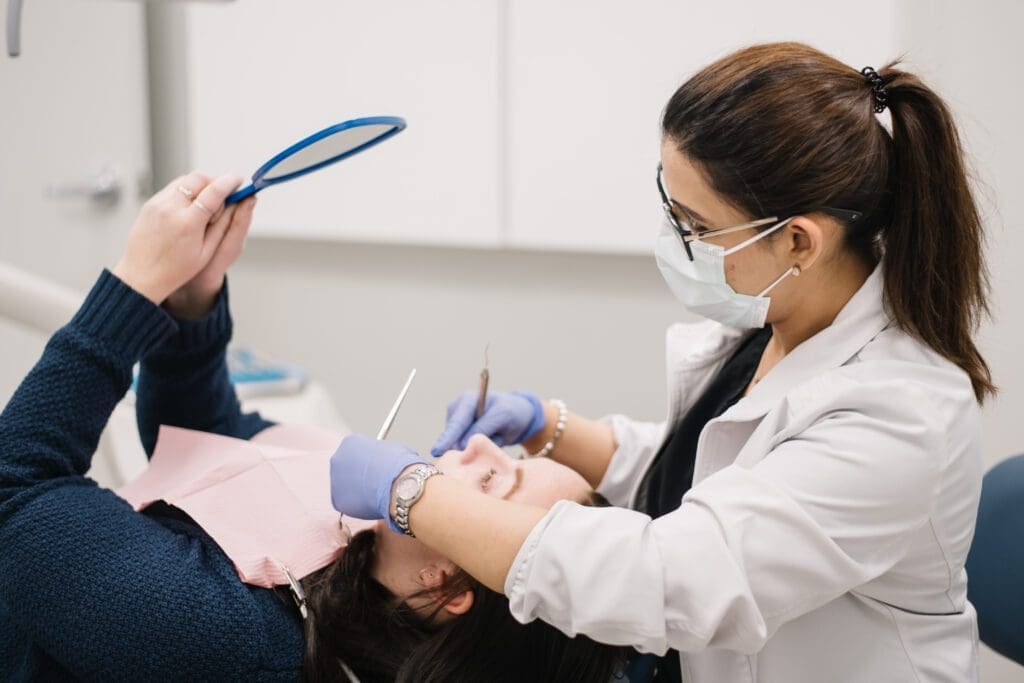
What does periodontitis look like?
Periodontitis is a severe and gradual condition that affects the gums and supporting structures of the teeth. It usually begins with inflammation of the gums, known as gingivitis. If left untreated, it can develop into periodontitis.
Pockets around the teeth
One of the key indicators of periodontitis is the presence of deep pockets around the teeth. These pockets form when the gum tissue pulls away from the teeth due to bacterial infection, creating gaps between the gums and teeth. This provides a favorable environment for harmful bacteria to thrive, leading to further inflammation and destruction of the supporting bone structure.
Other Visual indicators
In addition to deep pockets, other signs of periodontitis include,
redness and swelling of the gums,
bleeding during brushing or flossing,
persistent bad breath or a bad taste in the mouth,
loose or shifting teeth,
receding gum line exposing more tooth surface,
pus formation between gums and teeth.
It is important to note that periodontitis can have varying degrees of severity. Mild cases may only exhibit mild symptoms, such as occasional bleeding, while severe cases may involve significant bone loss and tooth mobility. Therefore, it is crucial for individuals with any signs or symptoms mentioned above to seek professional evaluation from a periodontist.
When it comes to treating periodontitis effectively, one common procedure often recommended by periodontists is deep cleaning or scaling and root planing. This non-surgical procedure involves removing tartar (hardened plaque) deposits below the gum line through scaling instruments and smoothing out root surfaces (root planing) to discourage further bacterial growth.
While deep cleanings can help manage periodontal disease, they may not be a cure-all. The success of treatment depends on various factors, including the severity of the condition, overall oral hygiene practices, and individual response to therapy. In more advanced cases, additional treatments such as surgery or laser therapy might be required. The cost of a periodontal cleaning can vary depending on several factors such as the extent of treatment needed and geographical location.


Symptoms of periodontal disease
- Gum Inflammation
- Bleeding gums
- Bad Breath
- Pain or Discomfort
- Abscess Formation
- Deep Gum Pockets
- Loose Teeth
- Tooth Sensitivity
- Pus Formation
- Changes in Bite or Tooth Alignment
The process of periodontal maintenance therapy
Assessment: The dentist and dental hygienist will thoroughly examine your oral health and dental history. Periodontal Pocket Measurement: Your dental hygienist will measure the periodontal pockets. This step is crucial to ensure the ideal treatment is selected depending on the severity of the periodontal disease. X-rays: To assess bone and supporting structures, x-rays might be taken. Treatment and Intervention: Your gum/periodontal disease will be addressed by your dental hygienist. A customized treatment plan will be discussed and ideally, the therapy will start as soon as possible. This treatment can include GBT (guided biofilm therapy) with Airflow, scaling, root planning, in conjunction with laser treatment. The treatment and its frequency can vary as per case to case basis. Follow-Up Appointments: Regular visits every three, four, or six months might be recommended, customized to our patient’s needs.Periodontal maintenance therapy in Edmonton
Our skilled and experienced dental hygienists at Clean Smiles Dental Hygiene Clinic are dedicated to protecting you from any dental disease. Whether you have existing dental or gum/periodontal disease, we are here to treat you and maintain your health. Our empathetic dental hygienists will examine your oral health thoroughly and suggest the best treatment option for you while ensuring the prevention of future dental issues. We offer affordable dental hygiene options in Edmonton. Call us today to schedule dental hygiene services.Other services
Book Your Appointment
We will contact you shortly to schedule your appointment
Common questions:
Is periodontal cleaning covered by insurance?
Many people who need periodontal cleaning are concerned about whether it is covered by their dental insurance plan.
In general, most dental insurance plans do cover periodontal cleaning to some extent. However, the coverage may not be comprehensive and may come with certain limitations or restrictions. Insurance providers usually categorize periodontal cleaning as either preventive or basic dental care.
Preventive care includes routine procedures aimed at maintaining oral health and preventing diseases such as cavities or gum problems. Basic dental care, on the other hand, covers treatments required to address existing oral health issues like gum disease. Periodontal cleaning falls within the category of basic dental care.
While some insurance plans may fully cover periodontal cleaning as part of preventive care, others may only partially cover it under basic dental care. Individuals should review their policy details or consult with their insurance provider directly to understand what exactly will be covered and if there are any out-of-pocket expenses involved.
It is important to note that advanced stages of periodontal disease may require more intensive treatments beyond regular cleanings, such as deep cleaning or scaling and root planing. These procedures may involve additional costs that could potentially exceed the coverage provided by certain insurance plans.
Therefore, it is advisable for individuals dealing with severe forms of gum disease to discuss treatment options with both their periodontists and insurance provider in order to assess potential financial implications. Ultimately, while it can be reassuring to know that many dental insurance plans offer coverage for periodontal cleaning, understanding the specifics of one’s policy is crucial in order to make informed decisions about treatment options and potential costs involved.
How long can you keep your teeth with periodontal disease?
If left untreated, periodontitis can lead to tooth loss and other complications.
The length of time you can keep your teeth with periodontal disease depends on various factors, such as the severity of the disease, your overall oral health, and how well you maintain proper oral hygiene.
It’s important to note that periodontal disease is a chronic condition, which means it cannot be completely cured but can be managed with proper treatment and maintenance.
In mild cases of periodontal disease, where there is minimal damage to the gums and supporting tissues, it may be possible to maintain your teeth for a longer period of time.
You can preserve your teeth for many years with regular professional cleanings by a qualified dental hygienist or periodontist and good oral hygiene at home, including brushing twice daily and flossing regularly. However, in more advanced stages of periodontitis, where there is significant bone loss around the teeth and deep gum pockets have formed, the prognosis becomes less favorable.
At this point, it becomes crucial to seek treatment from a periodontal specialist, who will thoroughly evaluate your condition and recommend appropriate treatment options. Deep cleaning procedures such as scaling and root planing are commonly performed to remove plaque buildup and tartar from below the gum line. These treatments help reduce inflammation and promote healing of the gums. In some cases, surgical intervention may also be necessary to address advanced gum disease.
It’s important to understand that while deep cleaning procedures can effectively manage periodontal disease by reducing swelling and preventing further progression of the condition, they cannot fully reverse existing damage or cure the disease completely. Therefore, ongoing maintenance visits with your dental professional are crucial to closely monitor your condition.
The frequency of periodontal cleanings will depend on the severity of your periodontal disease and the recommendation of your dental professional. In most cases, patients with periodontal disease require more frequent cleanings, typically every three to four months, compared to individuals without gum disease who typically have cleanings every six months.
Are periodontal cleanings necessary?
Yes, periodontal cleanings, which are also known as periodontal scaling and root planing, are crucial for maintaining optimal oral health. They play a vital role in managing and treating periodontal disease (also referred to as periodontitis), which is a serious gum infection that damages the soft tissue and destroys the bone that supports teeth.
If left untreated, periodontitis can eventually lead to tooth loss and other severe complications. Although regular brushing and flossing are essential for maintaining good oral hygiene practices, they are not enough to combat periodontal disease once it has taken hold. The plaque and tartar that accumulate on teeth over time can harbor harmful bacteria that irritate the gums and cause inflammation.
This inflammation can lead to pockets forming between the gums and teeth, allowing bacteria to further invade the supporting structures of the teeth. At this stage, regular brushing alone cannot effectively remove the hardened tartar deposits below the gumline or within these pockets.
This is where professional periodontal cleanings come into play. A skilled periodontist or dental hygienist carefully performs a deep cleaning procedure that involves scaling – removing plaque and tartar from both above and below the gumline – followed by root planing – smoothing out rough areas of tooth roots to discourage future plaque buildup.
The importance of these cleanings becomes even more apparent when considering the effects of untreated periodontal disease on oral health. While individuals experience varying degrees of progression in their condition due to factors such as genetics, overall health, and oral hygiene habits, neglecting necessary treatment for periodontitis may result in irreversible damage to gum tissue and bone structures that support teeth.
This loss of bone density can eventually lead to tooth loosening and, in the worst cases, tooth loss. While the cost of a periodontal cleaning will depend on various factors such as the severity of the condition, location, and individual dental insurance coverage, it is worth noting that many dental insurance plans do cover a portion or all of the costs associated with periodontal cleaning due to its recognized significance in maintaining oral health.
Can deep cleaning cure periodontal disease?
While deep cleaning is crucial in managing periodontal disease, it may not necessarily cure it entirely. It is a chronic condition that requires consistent maintenance to prevent its progression. Successful management of periodontal disease relies on proper oral hygiene habits at home and regular professional check-ups with a periodontist or dentist specializing in gum health.
The effectiveness of deep cleaning in curing periodontal disease can vary depending on various factors such as the severity of an individual’s condition, their commitment to follow-up care appointments, and personal oral hygiene practices after treatment. In some advanced cases of periodontitis, surgical interventions may be necessary to achieve optimal results.
Deep cleaning is a highly effective treatment that, when combined with consistent oral hygiene practices and regular professional care, can help control the progression of periodontitis and maintain oral health. Consulting with a periodontist or dentist specializing in gum health is crucial for proper diagnosis, treatment planning, and ongoing management of this chronic condition.
How much is a periodontal cleaning?
When it comes to periodontal cleaning, the cost involved is an important consideration. Many individuals are concerned about how much it will cost them. The price of a periodontal cleaning can vary depending on several factors, such as the severity of the periodontitis and the location of the dental practice.
In general, a periodontal cleaning is more expensive than a regular dental cleaning due to its deeper and more extensive nature. It’s important to note that insurance coverage for periodontal cleanings can vary. Some dental insurance plans may cover part or all of the cost, while others may only provide coverage for regular cleanings but not for procedures specifically related to periodontitis.
If you want to find out whether periodontal cleaning is covered by insurance, it’s advisable to contact your insurance provider directly and ask about their specific policy regarding this treatment.
The cost of a periodontal cleaning also depends on whether you visit a general dentist or a specialist known as a periodontist. Periodontists are dental professionals specializing in the diagnosis and treatment of gum diseases such as periodontitis.
Their expertise often leads to higher fees for their services compared to general dentists. On average, patients can expect to pay anywhere from $200 to $400 per quadrant for a deep cleaning procedure, where each quadrant of the mouth is treated separately. However, these figures are approximate and can vary significantly based on various factors mentioned earlier.
While some people may hesitate due to concerns about costs, it’s crucial not to underestimate the importance of addressing periodontitis promptly with proper professional care. Neglecting treatment could lead to complications and potential tooth loss down the line, which would likely incur greater costs in restorative procedures such as dental implants or bridges.
Although there may be financial considerations involved with undergoing a periodontal cleaning, it is essential not to overlook its significance in maintaining oral health. To get an accurate estimate of the cost and discuss potential payment options or insurance coverage available, it’s advisable to consult with a dental professional and ensure proper treatment without delay.

